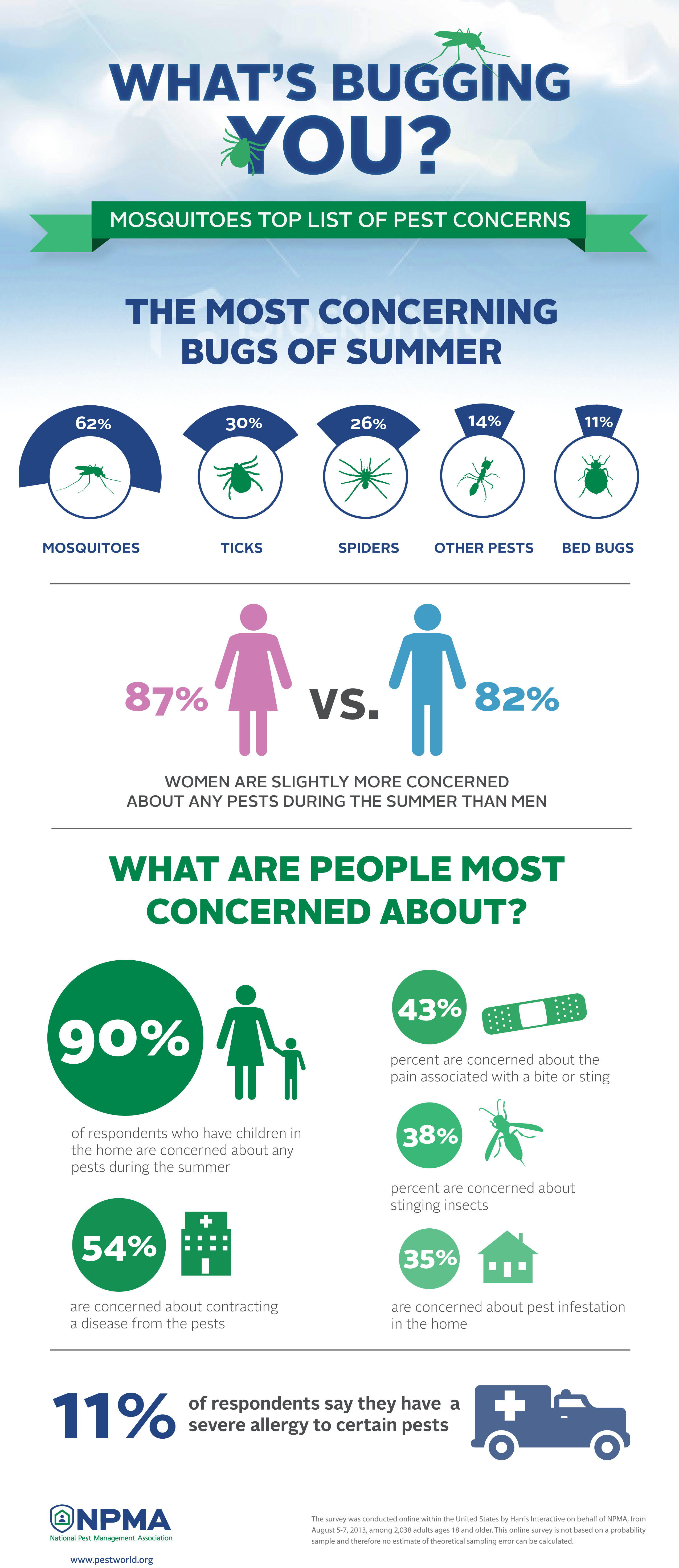Find Out Essential Techniques To Safeguard Your House From Rats In The Attic Room
Find Out Essential Techniques To Safeguard Your House From Rats In The Attic Room
Blog Article
Post Composed By-Austin Bay
Envision your attic room as a comfortable Airbnb for rats, with insulation as fluffy as hotel pillows and electrical wiring extra enticing than space service. Currently, imagine these undesirable visitors tossing a wild celebration in your home while you're away. As a property owner, ensuring your attic room is rodent-proof is not practically satisfaction; it has to do with protecting your home and liked ones. So, what basic actions can you require to secure your sanctuary from these furry intruders?
Check for Access Points
To start rodent-proofing your attic, examine for entry factors. Begin by thoroughly checking out the exterior of your home, looking for any openings that rats might make use of to get to your attic. Check for gaps around utility lines, vents, and pipelines, in addition to any fractures or holes in the foundation or home siding. See to it to pay close attention to areas where various structure products meet, as these prevail access factors for rodents.
Additionally, check the roof covering for any kind of damaged or missing out on tiles, in addition to any type of spaces around the sides where rodents can squeeze via. Inside the attic, look for signs of existing rodent task such as droppings, ate wires, or nesting materials. Make use of a flashlight to extensively examine dark corners and concealed spaces.
Seal Cracks and Gaps
Inspect your attic completely for any type of cracks and spaces that require to be secured to prevent rats from entering. Rodents can squeeze via even the smallest openings, so it's critical to seal any prospective entry factors. Examine around pipes, vents, wires, and where the wall surfaces fulfill the roof. Utilize a combination of steel woollen and caulking to seal off these openings properly. Steel wool is an outstanding deterrent as rodents can't eat with it. Guarantee that all spaces are firmly secured to refute access to unwanted bugs.
Do not forget the value of securing spaces around windows and doors too. Use weather condition stripping or door moves to secure these areas effectively. Inspect the locations where utility lines enter the attic and secure them off making use of an appropriate sealer. By making termite removal to seal all splits and gaps in your attic, you produce a barrier that rats will certainly discover hard to violation. Avoidance is type in rodent-proofing your attic, so be thorough in your efforts to seal off any type of possible entrance points.
Get Rid Of Food Sources
Take proactive steps to remove or save all possible food sources in your attic to prevent rats from infesting the space. Rats are drawn in to food, so eliminating their food resources is crucial in keeping them out of your attic.
Here's what you can do:
1. ** Shop food safely **: Avoid leaving any type of food products in the attic. Shop all food in closed containers made from metal or sturdy plastic to avoid rats from accessing them.
2. ** Tidy up debris **: Remove any stacks of debris, such as old papers, cardboard boxes, or timber scraps, that rodents might use as nesting material or food sources. Keep Suggested Webpage -free to make it much less attractive to rats.
3. ** Dispose of garbage properly **: If you use your attic for storage and have trash or waste up there, see to it to throw away it regularly and effectively. Decaying trash bin bring in rats, so keep the attic room tidy and free of any type of organic waste.
Final thought
In conclusion, remember that an ounce of avoidance is worth a pound of treatment when it comes to rodent-proofing your attic.
By taking the time to check for access factors, seal fractures and voids, and remove food sources, you can maintain unwanted pests away.
Remember, 'An ounce of prevention is worth a pound of remedy' - Benjamin Franklin.
Stay proactive and protect your home from rodent problems.
